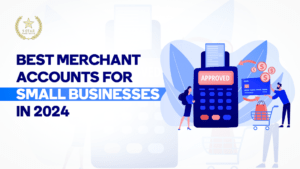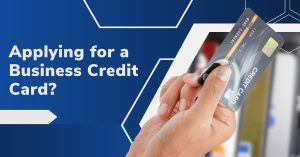Credit card fraud is on the increase as technology and the global superhighway flourish. The cost to both businesses and consumers from this type of fraud costs billions of dollars every year. Fraudsters are frequently searching for new ways to commit their illegal activities. As a result of this, it has become important for financial institutions and businesses to develop advanced credit card fraud detection techniques to counter the threat of fraudulent credit card transactions and determine theft and keep losses to a minimum.
How does credit card fraud occur?
Credit card fraud may occur for one of the two reasons such as –
. Criminals get hold of someone else credit card details
. The cardholder is not being honest
These types of letters are called friendly fraud, and it can be a bit challenging to detect them. In some cases, the cardholder will say that the card has been stolen whereas they were the ones who made the purchase but claim otherwise. But if this happens too often, then it may result in high chargeback rates.
Various methods to detect credit card fraud
Since fraudsters have many ways to acquire credit card details. How can a business know when anyone steals these details? With the benefit of following tools and techniques, one can detect credit card fraud such as –
With the help of a card security feature – Credit card networks have developed many security features which are designed to prevent any fraudulent purchases. These may include the following security features such as –
Address Verification Service (AVS) – This service is designed to confirm the cardholder’s identity by looking at their registered address. This address is confirmed against the bank’s records.
3D Secure – This security layer prompts users to enter a code to complete a purchase. Various card operators endeavor the service under different names, such as Visa Secure (Visa), SecureCode (MasterCard), or SafeKey (American Express).
CVV – A CVV or Card Verification Value, is a 3-digit number located on the card. This 3-digit number is specially designed to verify that the card is indeed in possession of the customer at the time of purchase.
It is worth noting that these card security features add a certain level of friction. This is why Amazon, for instance, does not ask for a CVV at the checkout stage, as the company has determined that this may slow down the process, impacts the customer experience negatively, and has various other defenses in place to make sure that it is you logging in.
. Risk Scoring
This is a standard risk management method, which uses rules to gauge risk. This may assist people to make educated guesses about a certain user action. For instance, you can use a risk score to actuate whether a payment should be allowed on your website or not. For credit card fraud detection, risk scoring aims to rely on heuristic rules, also known as heuristics. One can design these shortcuts to deliver quick decisions using if-then logic. For example, if the IP address points to a different location from the shipping address, then the risk score should go up by 1 point. When the risk scores reach a certain threshold, an automated system can determine whether to block or endeavor the transaction.
. Data Enrichment
How one can confirm someone’s online identity before doing an online transaction? You could ask them to submit the ID docs and can use the video for verification. But this is worth it for a low-value transaction? This is a key challenge faced by many companies that need to detect fraudulent credit card payments and verify customers without increasing friction. Too many obstacles between customers and their purchases can create churn, and shoppers will turn to your competitors. This is why data enrichment is one of the most appealing and effective ways to confirm an identity. This is an invisible security layer that works by getting more information from a single data point. For instance, one can use the following features to do this such as –
Device fingerprinting – If the user has connected to your website with the same device in the past. Are they attempting to fake their connection details?
IP analysis – Does the connection come from a VPN or a suspicious proxy node?
BIN lookup – Is the payment card the legitimate kind? Would it make sense for a customer in APAC to have a prepaid card?
Reversing the social media lookup – One can use the phone number or email address to the catalog to a social media website. Does the user bio seem persistent with the transaction details?
The main point of this is to build a user profile without asking the customer for extra information. You can then feed all this data to your risk scoring system, which will benefit you to determine if you are likely to be dealing with credit card fraud or not. Data Enrichment also benefits from logging more information about various users. This may come in handy when opposing a chargeback and presenting an indication of friendly fraud, for instance.
Wrap Up
Prevent and deter theft before it occurs by employing a credit card fraud detection strategy that proactively monitors transaction activity in real time. Investing in credit card fraud management technology benefits your online retail business mitigates risk, reducing the cost of fraud, and protecting your brand’s reputation. For more information you can contact us at 5 Star Processing.






